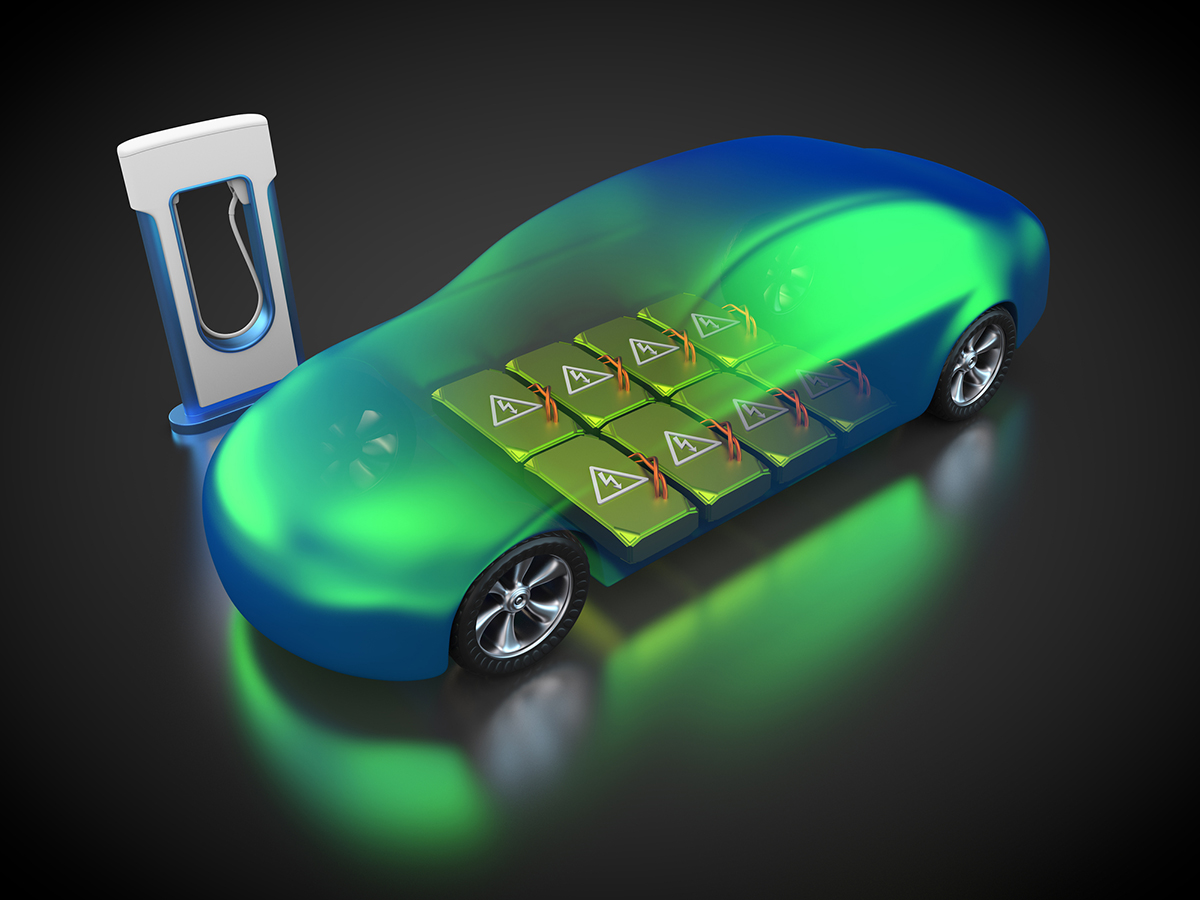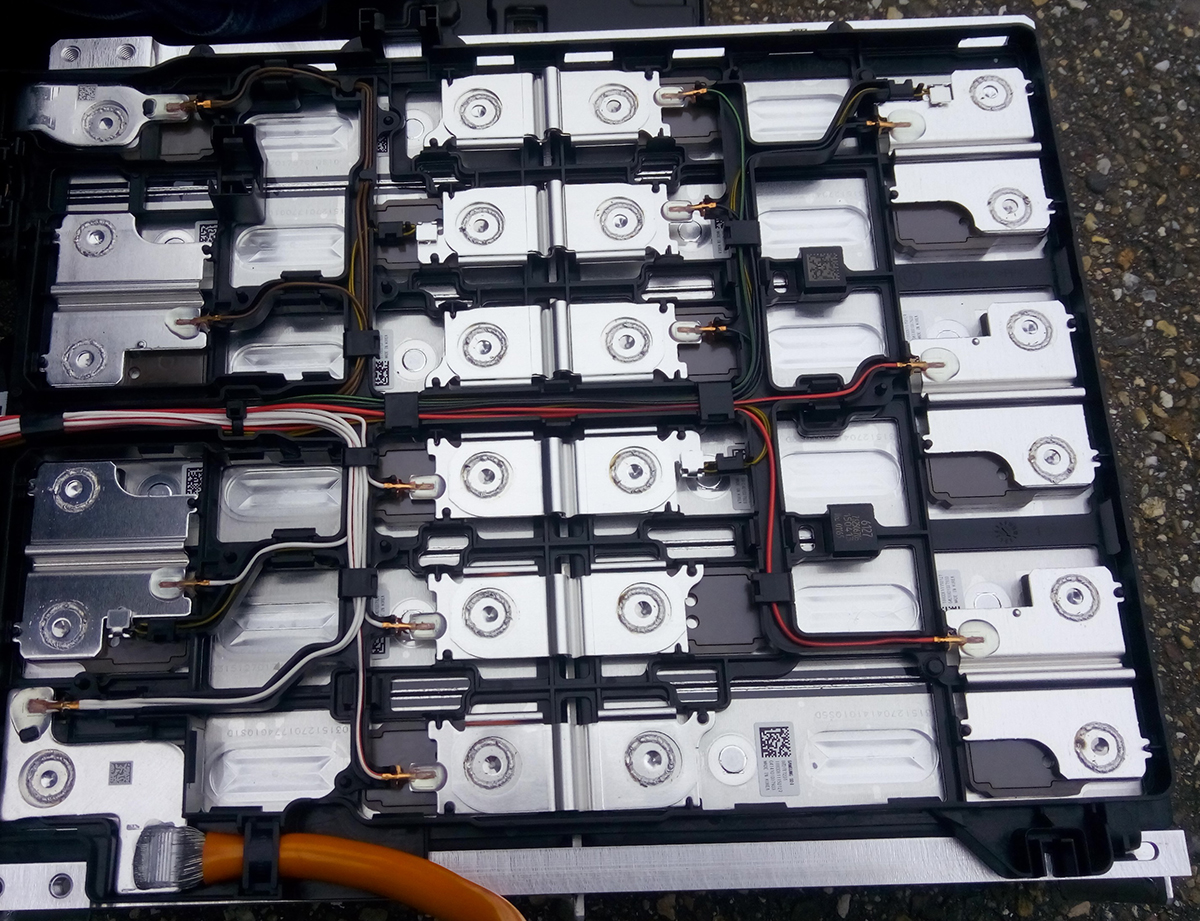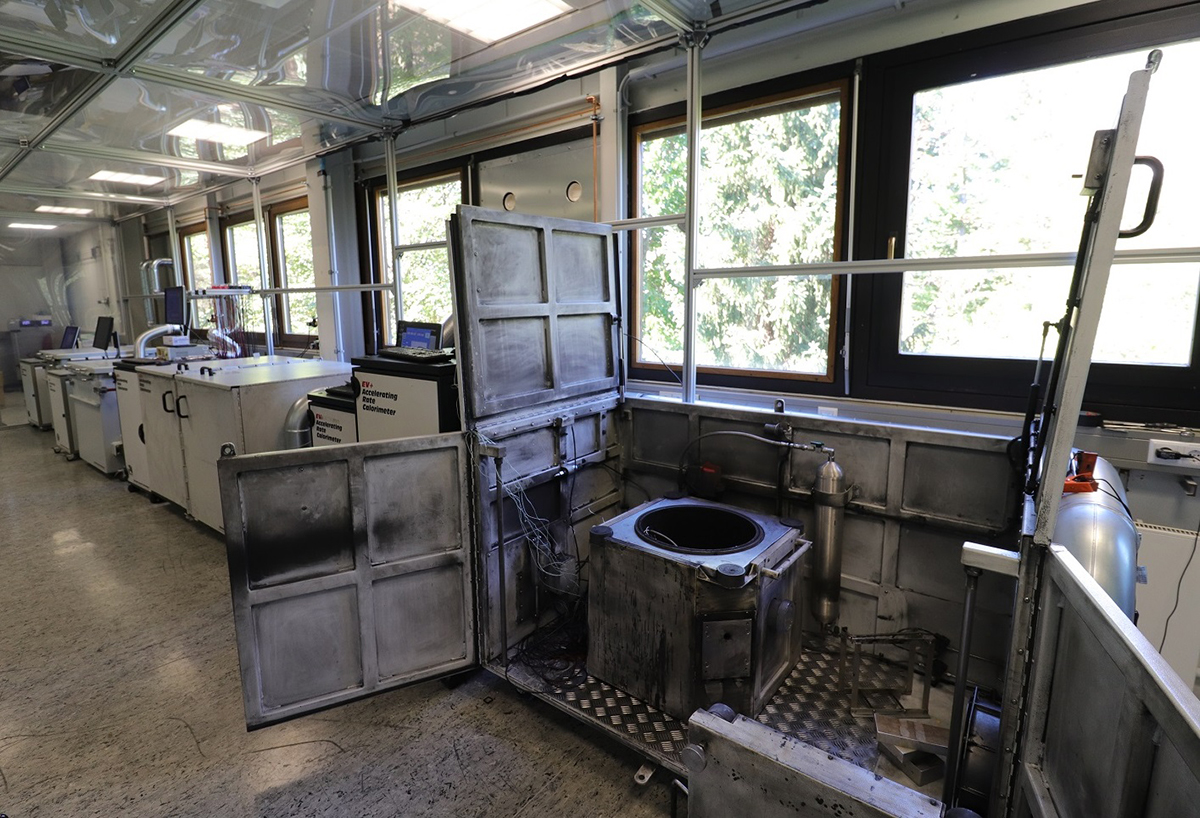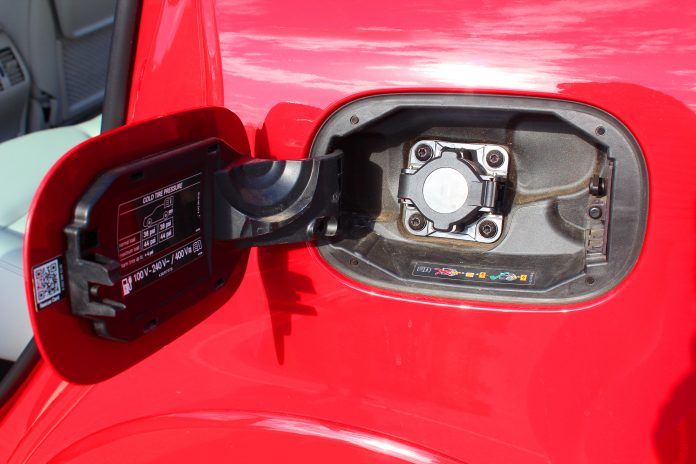Dr Carlos Ziebert, head of IAM-AWP’s Calorimeter Center, KIT, explains how the safety of batteries for electric cars can be increased by research using battery calorimeters
In the new mobility strategy, the European Commission aims at reducing the carbon footprint of the transport sector by 90% by 2050, because transport represents over a quarter of total greenhouse gas emissions in the EU making it a key environmental issue. By the year 2030, as one of the key pillars, the commission wants to place at least 30 million zero-emission electric cars (Fig. 1) on Europe’s roads as substitutes for those with internal combustion engines.

These electric cars are powered by large lithium-ion batteries (Fig. 2), which provide high specific energy, long cycle life, and low self-discharge rates. However, battery accidents have raised concerns and have thus hindered the rapid market growth for electric cars. Of course, safety issues have a major influence on the consumers’ willingness to adopt Lithium-ion battery technology for electric cars. A holistic safety assessment is a prerequisite for upscaling and market acceptance of electric vehicles powered by LIB, because i) an uncontrollable temperature increase (so-called thermal runaway) can cause an ignition or even explosion of the battery that leads to negative public attention or even rejection and ii) the causes and effects of thermal runaway are very diverse and complex.

The final effects can be empirically classified by the Hazard Level (1-7). Cell designs, component integrity, manufacturing quality, and ageing processes all have critical influence on the safety of Li-ion batteries. Calorimetry – i.e. the heat data measurement during chemical reactions – allows the collection of quantitative data required for optimum battery performance and safety.
Safety testing in battery calorimeters
The IAM-AWP Calorimeter Center which was founded in 2011 and currently operates Europe’s largest Battery Calorimeter Laboratory provides six robust adiabatic Accelerating Rate Calorimeters (ARCs) from Thermal Hazard Technology of different sizes – from coin cells to 21700 cylindrical cells up to 40 cm x 30 cm large automotive pouch or prismatic cells with capacities of up to 150 Ah (Fig. 3).

It is well-known that battery failures can be caused by mechanical abuse, electrical abuse, and thermal abuse, which have been compiled in the relevant safety testing standards, such as UN 38.3, SAE-J2464, IEC-62133, GB/T 31485 and UN GTR100.2. Accordingly, the following three types of safety tests can be performed in the ARCs on cells for electric cars:
A) Mechanical abuse
Mechanical abuse occurs, when the electric car battery is deformed by an applied force, i.e. car crashes and puncturing of the battery in the bottom of a chassis by a sharp object. By pushing a nail or a blunt object into the cell this type of accident is simulated in the ARC. This test does not only provide a pass/fail type test to qualify cells, but also quantitative data by measuring the cell temperature, cell voltage and evolved heat.
B) Electrical abuse
Electrical abuse means the abnormal operation of electrical components, such as short-circuiting, overcharging, and over-discharging, which is typically related to a battery management system failure. However, also the trend to fast charging might increase the risk of thermal runaway because it can lead to so-called lithium plating, i.e. the deposition of highly reactive lithium on the carbon anode. Thus, cells can be electrically abused in an ARC by applying an external short circuit, overcharging or over-discharging, leading to different failure modes.
C) Thermal abuse
The most frequent abuse test to be performed in an ARC is the thermal abuse using the Heat-Wait-Seek (HWS) test. This test consists of a heating interval, followed by waiting and a seeking step. When self-heating is detected during the seek phase the system switches to an adiabatic mode preventing the heat transfer to the chamber. Thus, the cell is increasingly heating up until a thermal runaway occurs or the reactants are completely consumed. For the thermal propagation test, a thermal runaway is initiated using one of the abuse conditions described above and the effect on the neighbouring cells is observed.
However, with the manufacturers aim to further increase the energy density new abuse conditions are emerging. According to a very recent article a new type of abuse condition, electrochemical abuse, is the underlying mechanism for the emerging causes of battery failure [1].
[1] Wensheng Huang, Xuning Feng, Xuebing Han, Weifeng Zhang, and Fachao Jiang, Cell Reports Physical Science 2, 100285, January 20, 2021.
Please note: This is a commercial profile
© 2019. This work is licensed under CC-BY-NC-ND.











